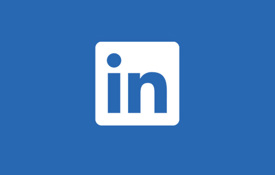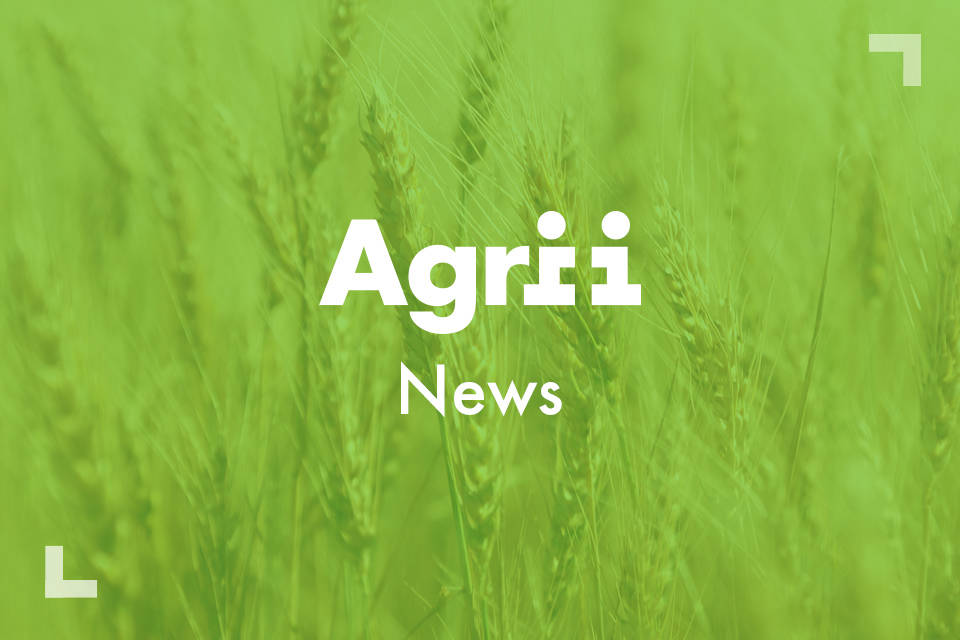The essential points to consider when cutting hedges.
The word hedge comes from the Anglo-Saxon name gehaega, barrier or fence and they provide a variety of functions. Some hedges are remnants of ancient woodlands, being species rich, while others came from parliamentary enclosures 1750-1850 and are less diverse being mainly of Hawthorn. Hedges help to define our countryside and can be stock proof barriers, give shelter and habitat for wildlife and provide corridors along which wildlife can move.
Flowering hedgerow species provide some of the earliest (March, April) supplies of pollen and nectar, vital for many early insects. Most sown flower strip and margins don’t deliver until late May. Other flowering hedgerow species can be found later in the spring and summer so providing a long delivery period. Facts. The overriding legislations for hedges come from the 1987 Protection of nesting Bird act and the 1989 Hedgerow protection act.
Permission must be obtained to remove a hedge and there are certain restrictions to the trimming of hedgerows to protect nesting birds.
From the period 1946-1974 the UK lost a quarter, 190,000km, of its hedges. The UK now has about 450,000km of managed hedgerows, 190,000km are ancient and species rich. After the 1990’s hedge planting exceeded hedge removal. Hedges are a diverse habitat containing over 130 UK BAP (Biodiversity Action Plan) priority species. Hedges are covered by a range of legislations and feature highly in environmental schemes.
Hedgerow Management
The state of UK hedges
In 2007 a country side survey in England recorded only 48% of the hedges were considered to be in favourable condition. In arable landscapes this figure dropped to 12%.
What are the main problems? Neglect of hedges that turn into rows of trees so are no longer considered as hedges. The cutting of hedges to the same height over a long period that causes a classic ‘mushroom’ shaped ‘gappy’ hedge that has no environmental value and leads to eventual deterioration

Incremental cutting
Incremental cutting is where the cutter bar is raised 5-10 cms above the previous cut. Research has shown that this greatly improves hedge health and each year produces significant quantities of blossom and berries. Autumn incremental trimming may be advantageous if late winter trimming is difficult due to wet ground. This way some berries remain on the hedges for winter.
Incremental Hedge Cutting
Hedge Cutting options
Remember a February cut is generally better for wildlife than a September cut. Consider the advantages of incremental cutting.
- Annual cut to the knuckle. No environmental value and eventual hedge degradation.
- Annual incremental cut. This could be as early as September. This time is a good choice for fields that lie wet in late winter. Cut 5-10 cms above last year’s terminal bud scar. This leaves a good supply of winter food. This also significantly increases blossom in the following spring. A September cut also allows certain moth species to safely lay eggs after the cut.
- Biannual cut to the knuckle. Cutting back to the same height and width every two years. Potential for some blossom and berries in the second year but hard cutting back to the original cut line has no environmental value in the following year and this approach eventually degrades hedge condition. Where possible select the hedges randomly cutting no more than 50% of your hedges.
- Incremental cut every two years in February leaves over winter berries. The main advantage of this approach is the presence of berries and blossom each year with no blank year. Cut 5-10 cms above the previous cut. Research shows Annual and biennial incremental cutting are the favoured options for healthy hedges and wildlife.
- Cut to the same height every three years. Maximum berry production during the third year but large annual growth may cause a cutting and debris problem. Following the cut there will be one year or more without any berries.
Where possible select the hedges randomly cutting no more than 1/3rd of your hedges each year.
Hedge cutting permitted periods
This information was correct in Jan 2019. More details can be found in Stewardship literature so please read this before starting hedge work. Start and finish dates for hedge cutting may vary according to different schemes. The overriding legislation demands no disturbance to nesting birds.
Hedges not in a scheme
Any cutting between 1 March and 1 September is subject to a nesting bird survey.
X-comp & ELS
1 September to 28 February. Fields with WOSR derogations are possible for an August cut.
HLS. The same dates apply as above unless the agreement says otherwise.
Mid & Higher tier. Cutting every other year. 1 January to 28 February. Cutting every third year. 1 September to 28 February. This relates to all hedges enclosing agreement fields.
Join Our Community

Agrii X
We love engaging with clients and partners. Give us a follow and let's share stories for the community.

Agrii Instagram
A picture paints a thousand words. Follow us on Instagram to see what we are up to.

Agrii Facebook
Follow us on the worlds biggest social media site for the latest news and events straight to your feed.

Agrii LinkedIn
If you are all about the business, connect with us on LinkedIn to build your network
Stay In Touch

Newsletter Sign-Up
Receive email updates on topical news and information from around Agrii and UK Farming.

Listen To Our Podcasts
Listen to the Tramlines Podcast. Fortnightly chat about agriculture and trials with your host Tony Smith.

Agrii Insights
Read essential agri intelligence for profitable farming.

Find an Event
Join us for our upcoming events and tours.
Featured News
News - 15/10/24
How to Optimise Late-Drilled Wheat Crops
Case Study - 06/09/24
How Agrii-Start Release Increased my Phosphate Availability
News - 28/08/24
Wildflower Meadows
News - 08/08/24
RapidAim: Real-Time Codling Moth Monitoring for Your Orchard
News - 30/07/24
Wheat Variety Considerations for Autumn 2024: What You Need to Know
From the fields
Get Growing
Find leading products for all your crop, livestock, and equipment needs

Growing Winter cereals? Find out more here
See our range of researched Winter Cereal crops for your rotation

Find out more about Environmental Mixtures
Need ground cover, bird seed and wildflower mixtures? We've got you covered

Find out more about OSR
Robust varieties and crop management advice

SFI SAM3 Herbal Leys
Find the right SFI legume and herbal ley for your farm system

Grassland to repair? Discover your options
Discover our range of grass seeds

Find out more about Fruit
Dedicated horticulture and viticulture teams to help you manage your crops

Find out more about Potato crops
We have deep expertise in potato crop management

Find out more about growing Vegetables
Specialist agronomy and solutions for high value crops

Find out more about Hybrid Rye Crops
Growing wholecrop for AD or grain for livestock we have varieties and advice to help you grow

Find out more about Root Crops
A broad range of Root Crops for home-grown forage

Find out more about Innovation Crops
Options for profitable opportunities in your rotation




